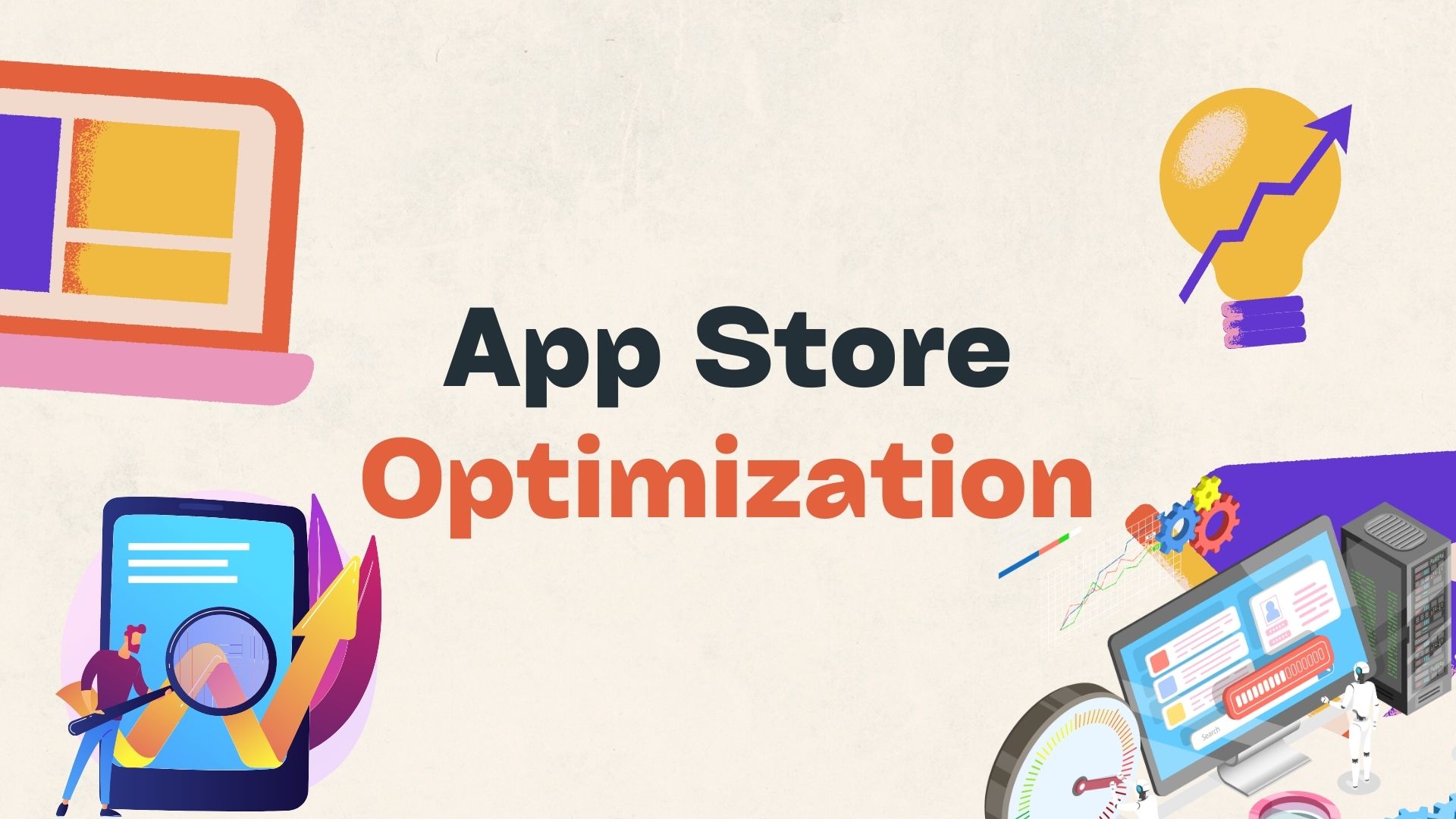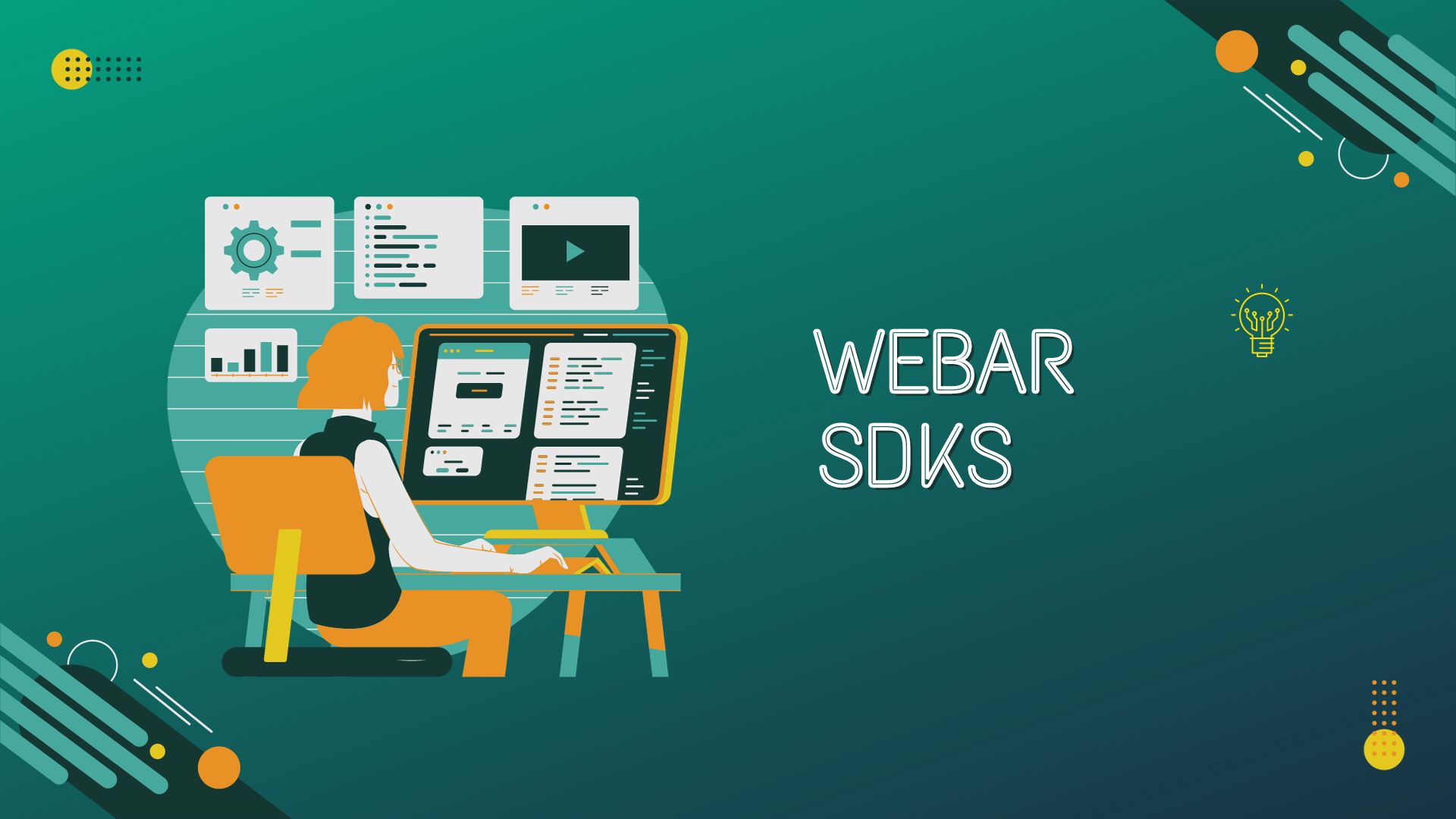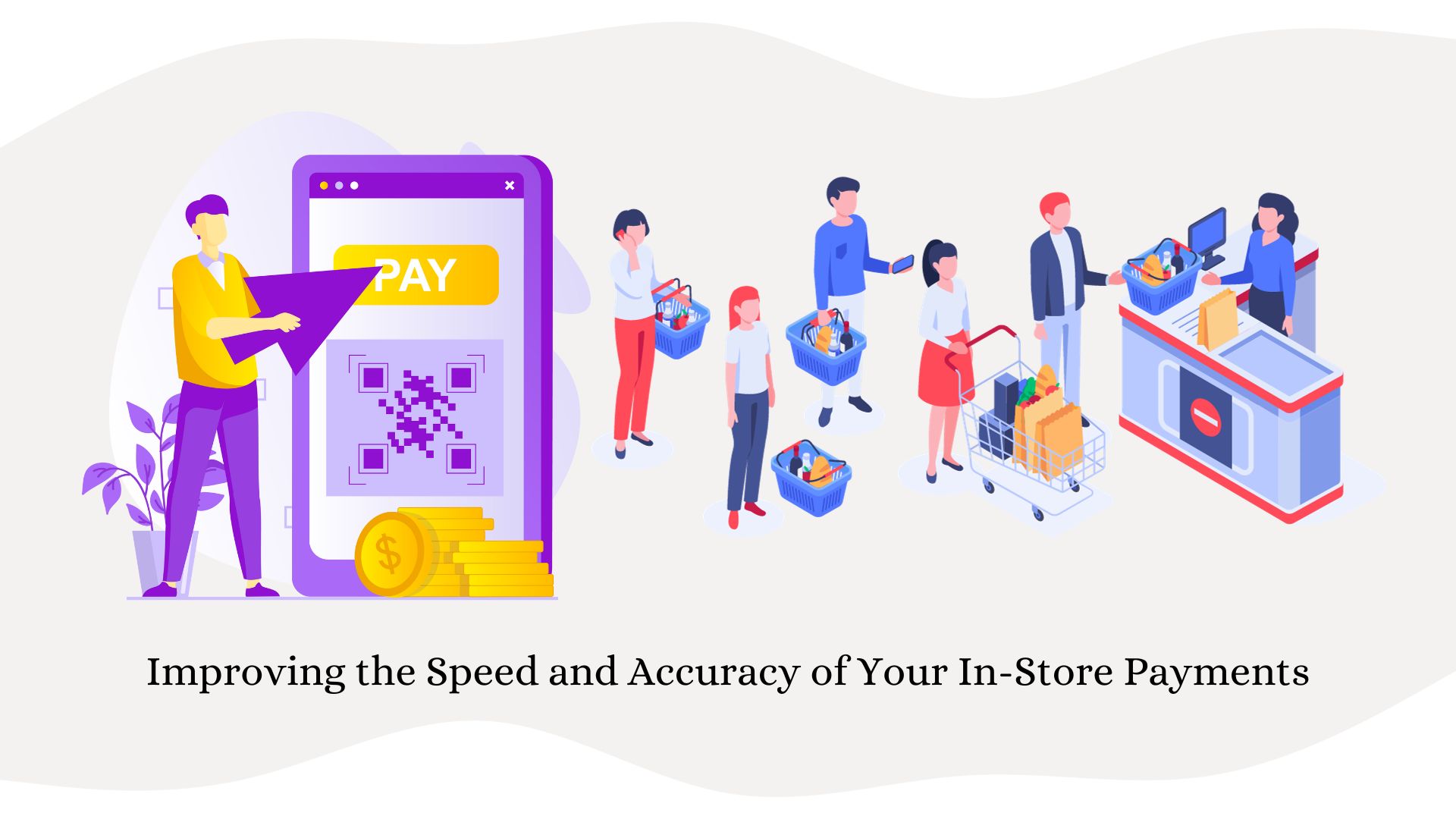Three Ideas That Could Bring Business Intelligence to the Masses
I was reading a business intelligence (BI) white paper feed when I happened across one whose title was, more or less, “Data Visualization: Is This the Way To Attract the Common End User?” And I thought, “Oh boy, here we go again.”
You see, the idea that just a little better user interface will finally get Dick and Jane employee to use databases dates back at least 26 years. I know, because I had an argument with my boss at CCA, Dan Ries (a very smart fellow), about it. He was sure that with a fill-out-the-form approach, any line employee could do his or her own ad-hoc queries and reporting. Based on my own experiences as a naïve end user, I felt we were very far from being able to give the average worker an interface that he or she would be able or motivated to use. Here we are, 26-plus years later, and all through those years, someone would occasionally pipe up and say, in the immortal words of Bullwinkle, “This time for sure!” And every time, it hasn’t happened.
I divide the blame for this failure equally between vendors’ marketing organizations and IT buyers. Database and BI vendors, first and foremost, look to extend the ability of specific targets within the business to gain insights. That requires ever more sophisticated statistical and relationship-identifying tools. The vendor looking to design a “common person” user interface retrofits the interface to these tools. In other words, despite a public devotion to the common touch, the vendor acts like it is selling to a business expert, not a consumer, market.
Meanwhile, IT buyers looking to justify the expense of BI try to extend its use to upper-level executives and business processes, rather than demand that vendors extend the interface approach of popular consumer apps to using data, or that it give the line supervisor who uses it at home a leg up at work. And yet that is precisely how Word, Excel, maybe PowerPoint, and Google search wound up being far more frequently used and useful than SQL or OLAP.
I have been saying things like this for the last 26 years, and somehow the problem never gets solved. At this point, I am convinced that no one is really listening. So for my own amusement, I give you three ideas — proven in the real world, but never implemented in a vendor product — that if I were a user I would really like and that I think would come as close as anything can to achieving “BI for the masses.”
Wayne Kernochan of Infostructure Associates has been an IT industry analyst focused on infrastructure software for more than 20 years. Article used by permission of Focus.

Wayne Kernochan has been an IT industry analyst and auther for over 15 years. He has been focusing on the most important information-related technologies as well as ways to measure their effectiveness over that period. He also has extensive research on the SMB, Big Data, BI, databases, development tools and data virtualization solutions. Wayne is a regular speaker at webinars and is a writer for many publications.









